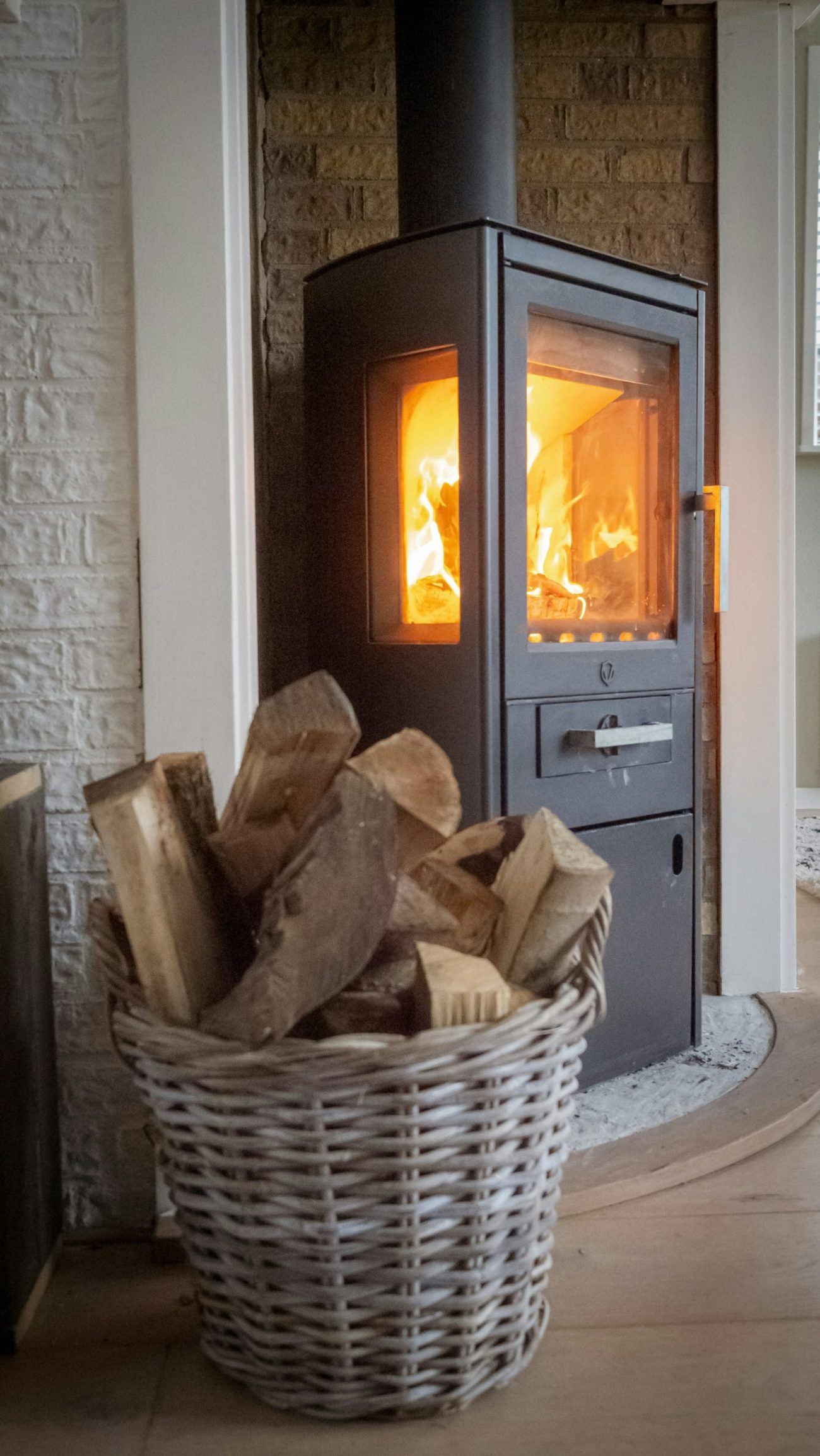Prepare your home for winter
We all want our homes to be as warm and dry as possible during the winter and to reduce the cost of long-term maintenance. Here are some tips to help you prepare for the winter months.
Reduce the impact of storms
This is where some simple home maintenance can help – prepare your property for high winds and heavy rain by:
- Securing heavy objects outside your home (such as trampolines).
- Inspect and trim trees and shrubbery to prevent them weak limbs being broken and causing damage.
- Clear your gutters of leaves and debris – this helps to prevent water damage to your rood and other parts of your house.
- Check your roof for missing tiles or screws. A storm could make things worse.
Visit Get Ready to understand what to do before, during and after a storm event.
Assess your home
Before you spend any money on warming up your house for winter take the time to assess your home and identify where you are losing heat. This will help you plan the best way to keep it warm.
- A Thermal Imaging Camera is available to borrow from the Westland District Library thanks to The Green Team, Hokitika Lions and Rotary Club of Hokitika. You can use this camera to check your house for heat leaks.
- You can also do a ‘Home Fit’ assessment
Check out the Ultimate Home Maintenance checklist for ideas to prepare your home for winter.
Keep your house warm
There are many ways to keep your house warm, some will cost more than others.
- Check your insulation
- You can ‘fake’ double glazing using a film insulation kit from the hardware shop, or even bubble wrap.
- Insulate your ceilings, walls and underfloor.
- Windows can be double-glazed.
- Reduce draughts
- Hang curtains that cover the window and go below the window sill. You can also add a lining of an old sheet or blanket for an additional thermal layer.
- Minimise gaps around window and external door frames by applying a self-adhesive weather strip.
- Install an outdoor weather seal on your exterior doors.
- Use door snakes for internal doors.
- Heating
- If you have a heat pump, keep the temperature between 20 – 22 degrees for best efficiency. Running the heat pump at a higher temperature is less efficient and costs more. Turn it off when you are out of the house.
- Clean your chimney to reduce soot and debris. This reduces the risk of a chimney fire and makes it easier to heat your home.
Visit Warmer Kiwi homes to see if you are eligible for financial assistance to install insulation or a heating system.
Keep your house dry
- Reduce excess moisture
- Dry your clothes outside when possible.
- Use extraction fans, or open a window in the kitchen.
- Wipe condensation off your windows every day.
- Open windows and doors
- Even opening windows and doors for 10 minutes on fine days increases airflow and helps damp air to dry out.
- Open the bathroom window after a shower to let the warm air out and reduce the condensation – this will minimise the chance of mould growing.
- Reduce humidity and moisture levels
- Some of the previous suggestions will help with this, but you can also install a groundsheet under your house to reduce indoor humidity.
- Burn dry wood
- Wet firewood uses the energy to evaporate the water rather than heating your house. Burn seasoned (dry) firewood in your woodburner or fireplace.
Reduce your power bill
- Use less hot water
- Take a shorter shower (5 – 10 minutes) or if you want a long shower take a bath instead.
- Use cold water for the washing machine, and run the washing machine and dishwasher with full loads.
- Set the thermostat on your hot water cylinder to 55 – 60 degrees and wrap it in cylinder wrap to reduce heat loss.
- Use LED lightbulbs
- When you need to replace an appliance, look for an energy efficient appliance and consider if the size is right for your needs.

